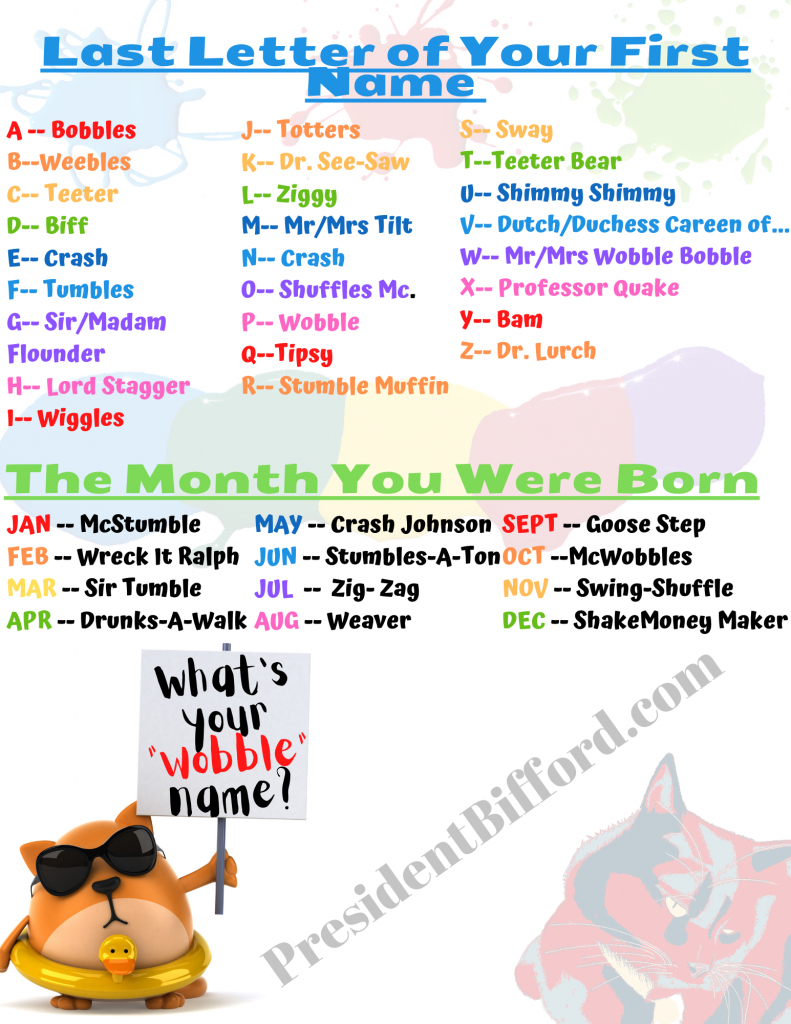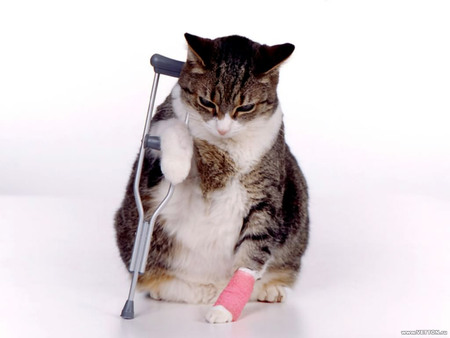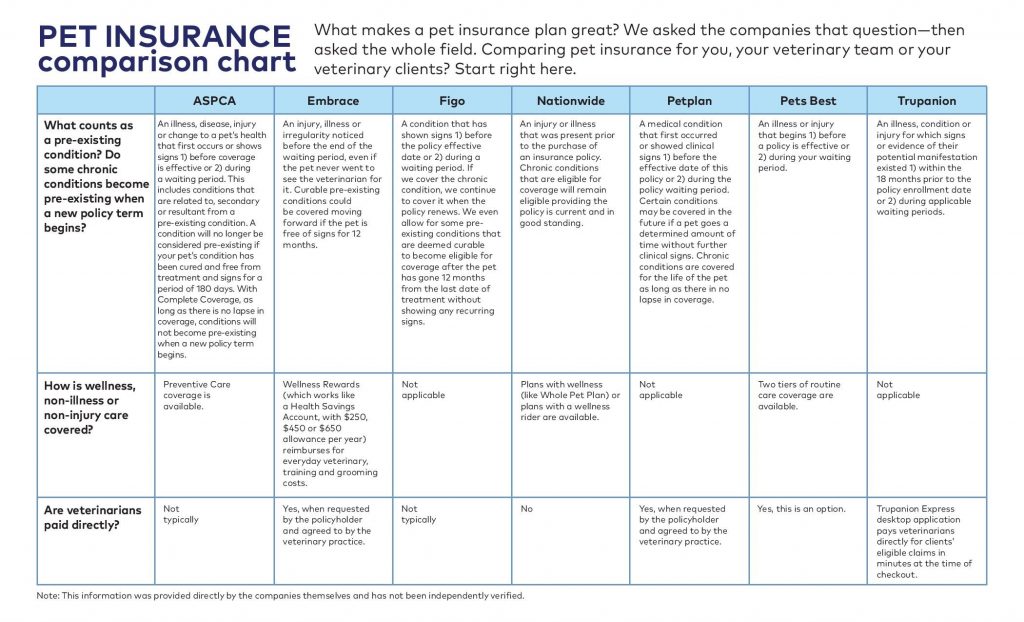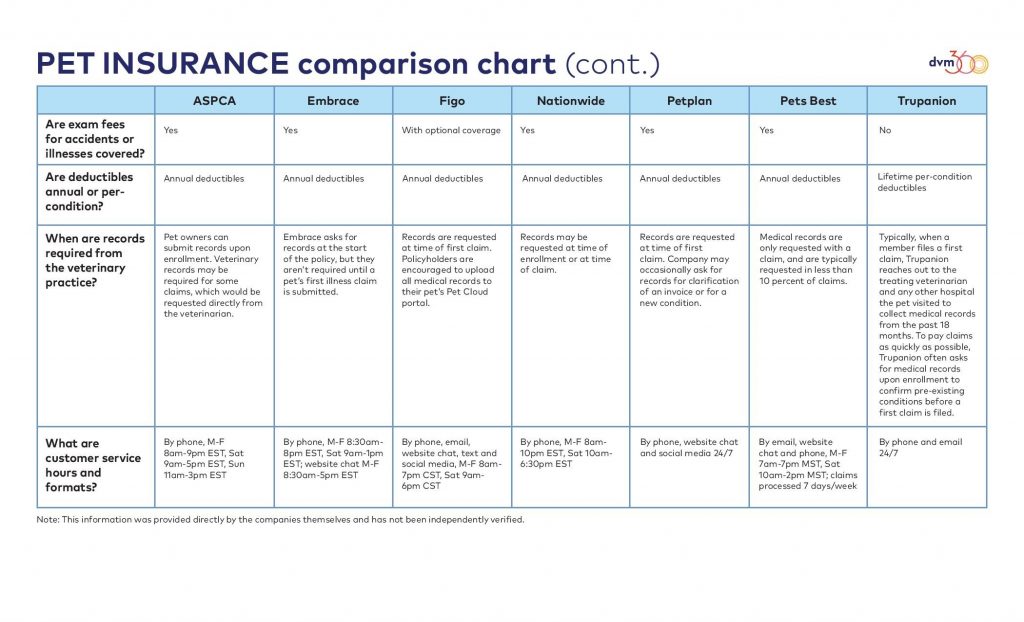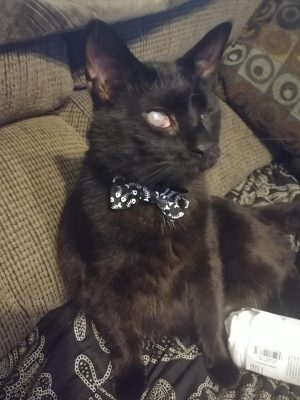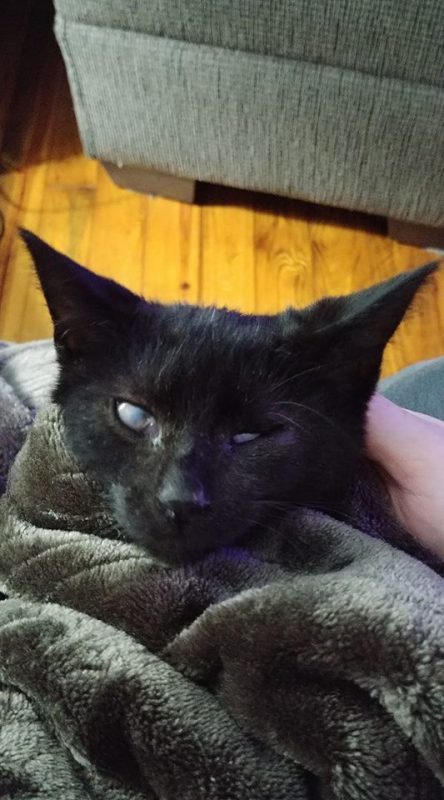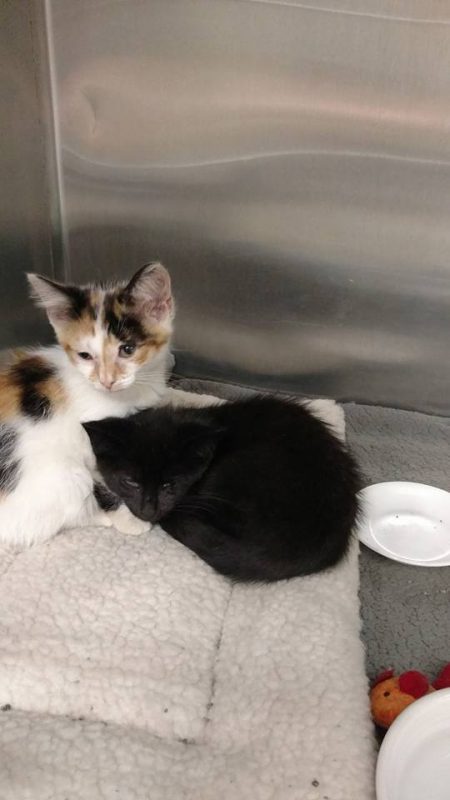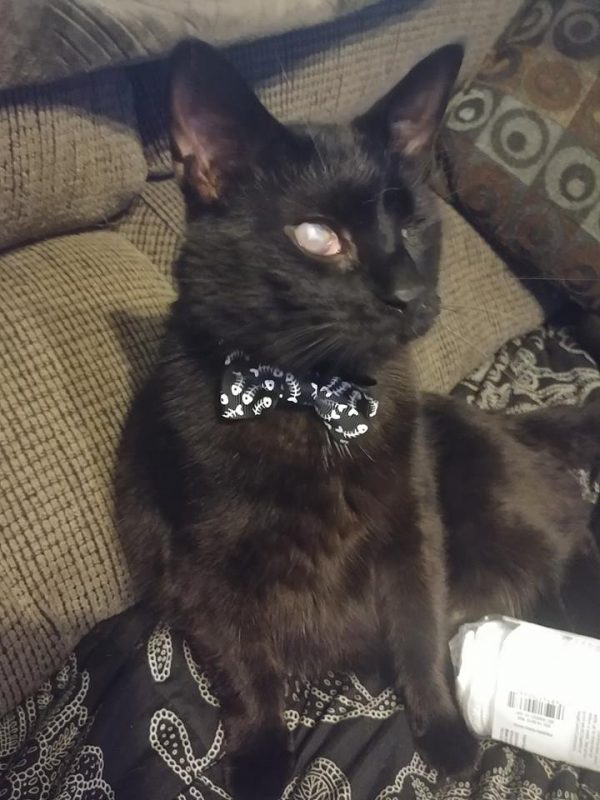Trials & Tribulations of BART






Bart sharing his “snack” with his favorite toy “Courage” the lion! 
Bart immediately after his eye enucleation surgery 
Bifford & Bart
Bart came to my house the late summer/early fall of 2017 from a local veterinary clinic where a friend worked who called me in a panic one afternoon alerting me to “two small sick kittens that were dumped off at the clinic” — a small, yet affectionate calico (we later named Taloola) and a terrified, mousey black kitten (who later became Bart) both were riddled with fleas and both had a RAGING upper respiratory infection that caused their eyes to be crusted shut with thick greenish yellow discharge as well as sneezing/audible breathing and the occasion booger bubble.
My friend informed me that the smaller black kitten seemed to have suffered the most damage — coming to them with a broken back leg (they suspect something attempted to eat him judging by the puncture wounds matching up with the now healing break), a hernia and his left eye had ruptured totally – no doubt due to the ongoing, untreated upper respiratory they both were suffering.
My friend prepared me for the worst when it came to the little black kitten – she informed me that he was not nice or affectionate and anyone that adopted him would have to understand and agree that he would just simply “live” out his days within the home and may never actually warm up to people. The veterinary clinic agreed to continue medical care/vaccinations and eventually “fixing” them both just as long as I agreed to foster them temporarily.
Reluctantly I agreed. Something in my gut was pulling me towards that sick, meek little black kitten that cowered beyond belief anytime anyone remotely came near him.
Luckily I went with my gut because it paid off in the end (mainly for Bart as he is now living his absolute best and happiest life!).
The veterinarian at this clinic did not believe Bart’s eye had ruptured yet (when indeed, it had) so they attempted to have me continue to place eye ointment on an eye that no longer was there (it was losing pressure quickly and seeped constantly) as well as a menagerie of antibiotics to help combat the gnarly URI he had (Taloola at this point had healed up nicely without any issue or chronic complications & now lives with her forever home not far from where we live!) all without any improvement or success.
When it came time to neuter Bart I brought him back to the veterinary clinic he had originally been dumped off at (the clinic that had agreed to assume all veterinary/medical care for BOTH Bart & Taloola) only to be informed that his bloodwork was showing his white blood cell count was well over 30,000 (a normal, healthy cats white blood cell count is roughly 4,900 to 20,00 depending on the cat’s age etc.) which indicated he had an infection “somewhere” and they were unable to neuter him.
Frustrated. I told them I could pinpoint where the infection was- his left ruptured eyeball. It needed to come out or that infection would continue to drain and he would never improve and his respiratory symptoms would continue without fail.
This particular veterinarian (who again, may I stress agreed upon me fostering these kittens to assume all veterinary/medical care for them) looked over the scared, miserable looking kitten only to reply to my infection discovery with, “we feel that since this kitten is simply a stray, it is financially irresponsible for us to remove that eyeball and with his bloodwork indicating an infection we also do not feel it best to neuter him either…”
Friends believe me when I tell you that as he was explaining that since this was “no one’s cat” and simply a “stray” that his clinic refused to care for the clearly obvious issue — something they had agreed they would do upon my acceptance to foster these two kittens — I saw RED.
At that point I had decided that this sad, sorry looking little black kitten was going to be MY KITTEN. It did not matter to me that he did not want to play or be affectionate. It did not matter to me that he hid most of the time and the only time I was able to corral him out from under the bed was when my husband and I played “defense” with a yard stick and a broom handle and gently coaxed him out from his hiding spot while the other prepared to grab him — all that mattered was that he was now SOMEONES’S CAT and would never have to worry again about where his next meal came from or if he would receive quality medical care or the fact he could no longer be written off as “simply a stray”. Bart was now MY cat and my newest addition to the ragtag band of misfits I had at home to love and care for.
[Needless to say Bart NEVER, EVER went back to the above mentioned veterinary clinic]
Eventually, EVENTUALLY Bart was able to get neutered (his hernia repaired while they neutered him) and his left eye removed (or the tattered remains of his left eye) and after a long, long road (with said veterinarian who removed his left eye “accidentally” leaving in his eye socket a piece of gauze and suture material so that eventually had to be corrected) he is now a happy, healthy, sweet, affectionate, ornery kitten who put his rough and rocky start to life behind him only to see better, loving and snack filled days ahead of him.
Bart was a “broken” black kitten with no type of personality or affection thus he was simply written off as just another stray, another hopeless and worthless cause but all he needed was for someone to be HIS advocate. For someone to not give up on him and to be soft spoken, compassionate, patient and kind with him. In time (and thousands of snackies later…) Bart realized that my husband and I were “OK people” and truly cared for his health and well-being. Bart then began to come up for cuddle time- with zero regards to personal space he would climb on top of your chest while you were in bed and sandwich his sweet little face against yours as he purred the most audible, soothing, sweet and satisfying purr one has ever heard before.
Bart has no idea that he is part of the “handicat” duo I affectionately rave about to anyone who will listen, in fact Bart is no different than my other cats living at home with us – he eats and drinks without issue, he runs and plays and has “question marks” (where his tail curls up into what looks like a question mark — this is how my husband and I know he is going to be the most playful/ornery) and I really believe he has NO clue that he should have two eyes instead of simply one (due to the severe URI he had suffered that caused his left eye to rupture but also left severe scar tissue covering his right eyeball. The veterinarian he see’s now and LOVES believes that Bart can see a little bit though how clearly he can see is up for debate).
Bart is part of the inspiration for “Bifford for President” because for as many adversities as Bifford has endured in his life Bart has battled just as many (if not more) and he is only four years old (Bifford is ten years old) and despite (at the time) not being “anyone’s cat” and “just a stray” he was still entitled to the SAME quality of care and standards of a cat who was not a stray and had a home. Bart is a living being worthy of good quality care and a good quality life. Between both of my “handicats” I had work to do as far as education & advocacy went (sadly enough most of my work focuses on veterinary clinics/staff that seem misinformed or upholding the stigma that surrounds these sweet babies).
Bart is the reason. Bart is MY reason why I stress to families to give that scared, sad kitten/cat a chance! If I would have looked at Bart that very first time and made a snap judgement then I would not have taken him home most likely. I had early on admitted to my husband that Bart was most likely going to be our “cellar dweller” – not wanting to be near us, not being affectionate or a “normal kitten” I had made it up in my mind that if he was okay not wanting our attention and spending his days hiding under furniture at least he was safe, indoors and getting regular meals and a nice warm bed in addition to regular, gold standard veterinary care.
Bart had proved me wrong and continued to inspire me to advocate and rally for these babies – the “broken” or the “scared”.
So I ask you to keep “fighting the good fight” when it comes to specially-abled animals! Be their voice! Speak up and speak out against any atrocities or ill informed stigma that envelope these sweet, special babies… you might be surprised to find your next animal “soulmate” waiting for you!




